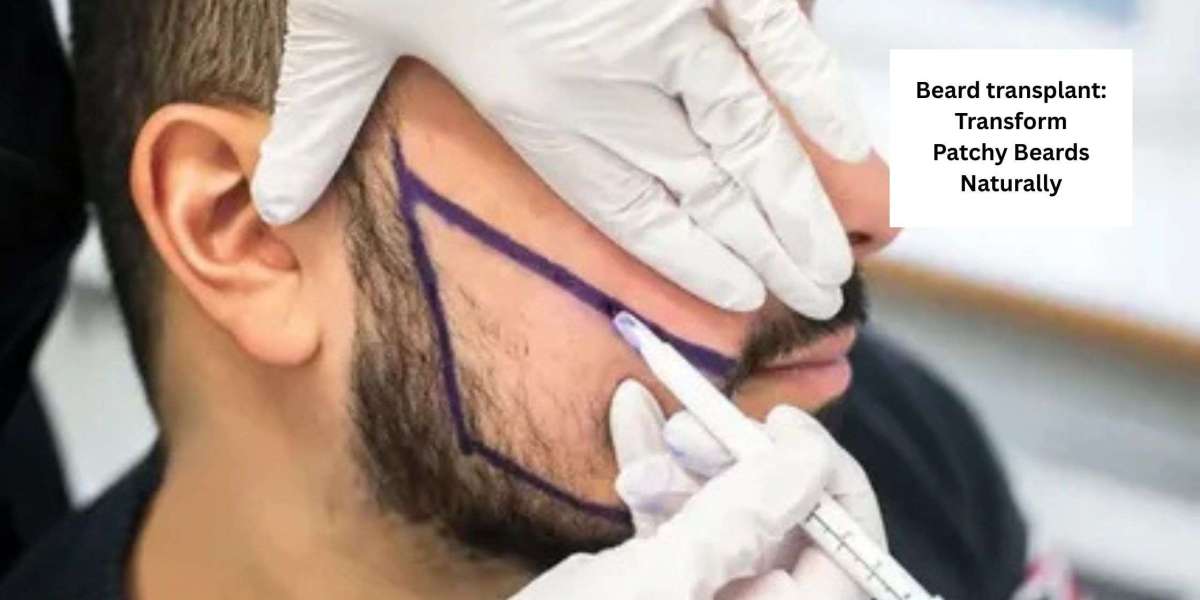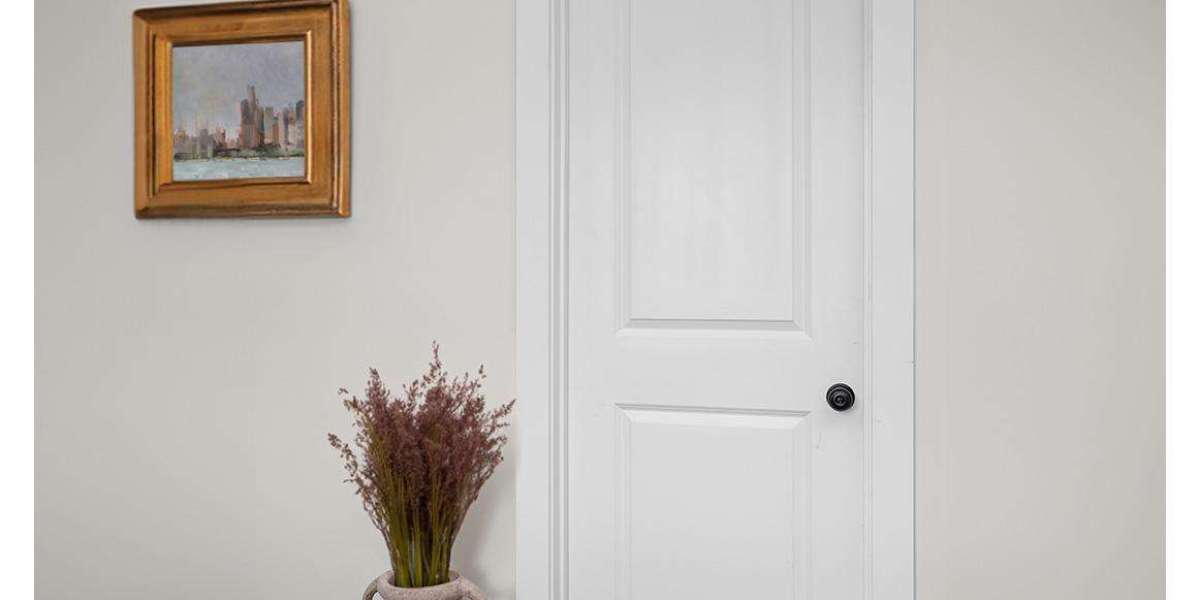A lush, full beard is more than just facial hair—it’s a symbol of confidence, maturity, and style. However, for many men, uneven or patchy beard growth can lead to frustration and a decline in self-confidence. The good news is that when approached properly, beard transplant—whether through natural methods or advanced surgical techniques—can transform those sparse areas into a well-blended, natural-looking beard. In this article, we explore the causes, natural solutions, surgical approach, and how to choose the right clinic to make your beard dreams a reality.
Understanding Patchy Beard Growth
Before pursuing any remedy, it is essential to understand the causes of patches. Patchy beard growth often results from a mix of factors:
- Genetics & Hormones: Your DNA largely dictates the density and distribution of hair follicles. Hormones like testosterone and DHT influence follicle activation.
- Nutritional Deficiencies: A lack of biotin, zinc, iron, protein, or vitamins (especially vitamin D) can weaken hair growth.
- Lifestyle & Stress: High stress, poor sleep, smoking, and excessive alcohol impact circulation and hormonal balance, impairing follicle health.
- Skin Issues or Injury: Acne scarring, fungal infections, or injuries can damage follicles, leaving hairless patches.
To succeed at a beard transplant, you must first uncover which of these is at play. A dermatologist or trichologist can help you test hormone levels and examine scalp/skin health to isolate root causes.
What is a beard transplant?
Beard transplant refers broadly to methods that improve the fullness, density, or pattern of facial hair. It can span from noninvasive lifestyle changes to surgical hair transplantation techniques. The goal is always the same: a natural-looking, durable beard. Non-surgical restoration focuses on activating dormant follicles or strengthening existing ones. Surgical beard transplant (also known as a transplant) entails relocating hair follicles—typically from the scalp—to the beard area. With the right technique and artistry, transplanted hairs grow and behave just like native facial hair, giving you a fuller beard that blends seamlessly.
Natural Methods to Improve Beard Growth
If your patches are mild or you want to support overall growth, natural methods can be effective, either alone or in combination with medical options. Some proven strategies:
Eat a Beard-Friendly Diet
Focus on proteins (eggs, poultry, legumes), healthy fats (avocado, nuts, fish oil), and micronutrients like biotin, zinc, magnesium, and vitamin D. These are building blocks for healthy follicles.
Adopt a Proper Beard Care Routine
- Exfoliation / gentle scrubbing: clears away dead skin and closes open hair follicles.
- Moisturizer / beard oils: keep skin hydrated, reduce breakage.
- Gentle, regular grooming: shaping stimulates follicles without damaging skin.
Use Supplements Carefully
In consultation with a physician, consider taking biotin, vitamin D, or other supplements that support hair growth if test results indicate deficiencies.
Lifestyle Adjustments
- Get 7–8 hours of quality sleep.
- Manage stress with meditation, exercise, or therapy.
- Avoid smoking, limit alcohol.
- Stay consistent: hair cycles are slow, so results may take several months to appear.
These natural methods are safe, gradual, and often help augment the results of a surgical beard transplant if you choose to go that route.
Beard Transplant Procedure: A Permanent Solution
When patchiness is more pronounced, a surgical route might offer the most dramatic transformation. Beard restoration via transplant involves relocating hair follicles to sparse areas, delivering permanent, natural-looking density.
Consultation
First, a thorough consultation determines your facial hair goals, donor hair quality, skin health, and whether you are a suitable candidate for the procedure.
Donor Area Selection & Extraction
Hair is usually taken from the back or sides of the scalp, where the follicles are most resilient. The two commonly used methods are:
- FUE (Follicular Unit Extraction): individual follicle units are removed one by one—minimal scarring.
- FUT (Follicular Unit Transplant/strip method): A section of scalp is taken and carefully divided into individual grafts. This allows for more grafts to be performed in a single session, but may result in a linear scar.
Implantation
The surgeon inserts each graft into the beard area at precise angles and densities to mimic natural hair growth patterns. This stage is crucial for achieving a natural-looking beard that seamlessly blends with your existing facial hair.
Recovery
In the days following, some redness, swelling, or scabbing is normal. Within a week, most signs fade. Over 3–4 months, transplanted hairs begin to grow, with full results often appearing between 9 and 12 months.
By combining artistry, biology, and precision, surgical beard restoration can transform a patchy beard into a dense, groomable one that you’re proud to wear.
Recovery and Aftercare Tips
Your post-op care plays a huge role in achieving optimal results:
- Keep the transplanted area clean and dry for the first few days, following your surgeon’s instructions.
- Avoid strenuous activity, heavy sun exposure, and touching the area for the first few weeks.
- Use the recommended topical solutions or medications (e.g., minoxidil) as advised.
- Be patient with growth cycles—hair shedding is normal during the first few months before regrowth begins.
- Maintain general beard care practices once the implant has stabilized.
A well-followed aftercare protocol ensures your Beard transplant yields maximum density and longevity.
Choosing the Right Beard Transplant Clinic
Not all clinics are created equal. Here’s what to look for:
- Board-certified surgeons experienced in facial hair transplant
- A history of before-and-after photos of real patients
- Use of advanced techniques (FUE, micrografting, SMART methods)
- Transparent consultation and realistic expectations
- Strong reviews, patient testimonials, and post-care support
When selecting a clinic, ask how many grafts they’ve performed, what their success rates and complication rates are, and how they personalize the design. A high-quality clinic makes all the difference in how natural your beard restoration ultimately appears.
Conclusion
Reclaiming a full, confident beard is no longer a far-fetched dream. Through natural approaches—such as diet, microneedling, and lifestyle modifications—and the more definitive surgical pathway of a beard transplant, beard restoration is now accessible to men who once felt stuck with patchy growth. Whether you begin with noninvasive support or take the surgical leap, the key is patience, consistency, and choosing a provider who prioritizes authenticity and safety. When you’re ready for a life-changing transformation, consider turning to the expertise of Beverly Hills Hair Restoration to guide your Beard transplant journey.








